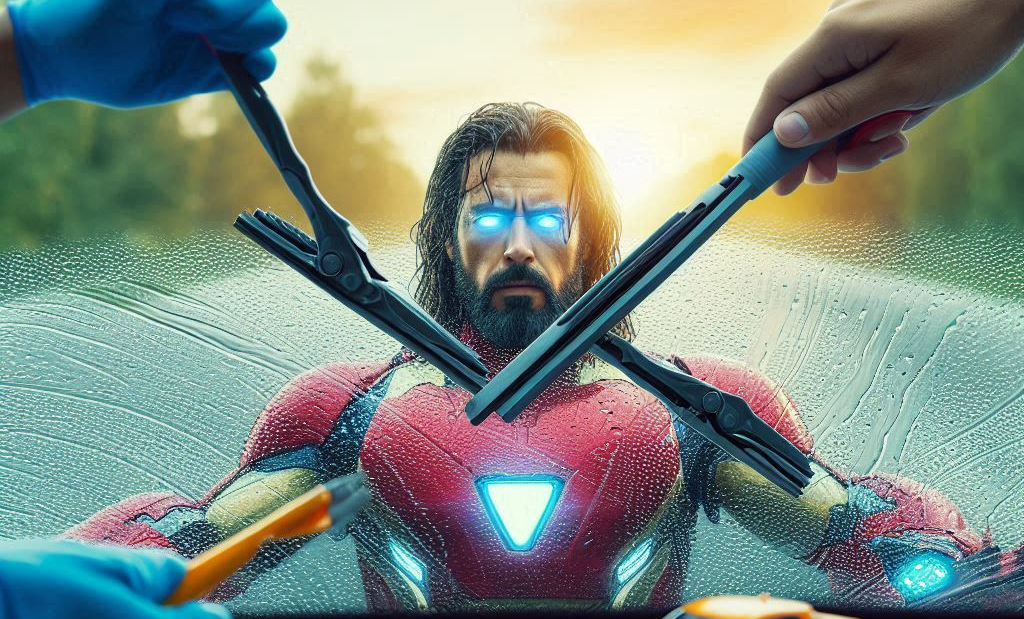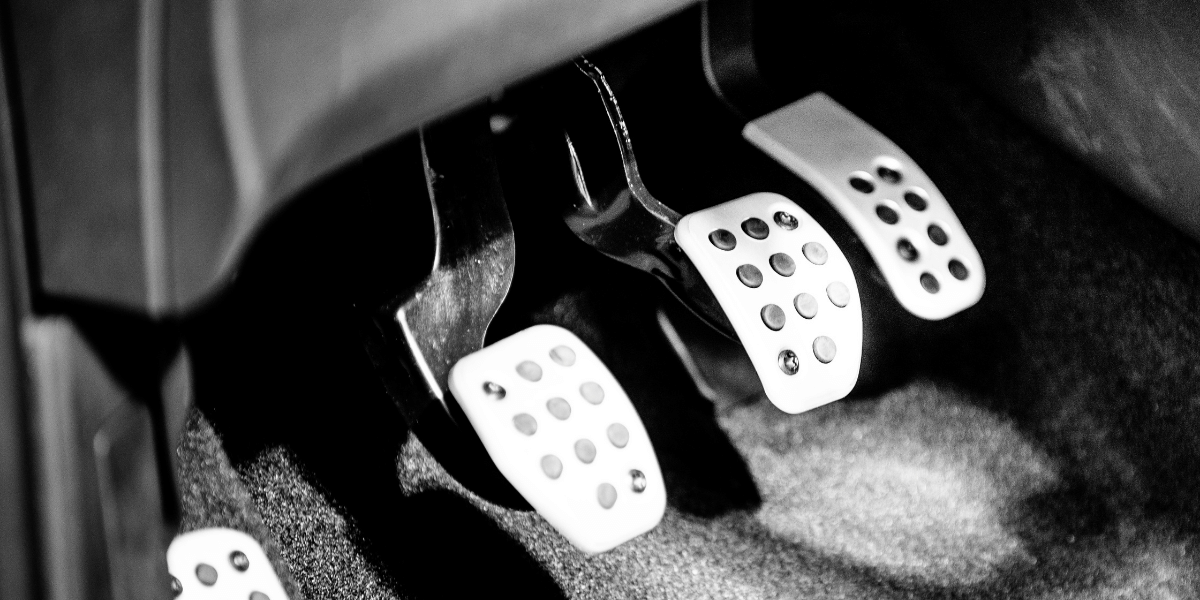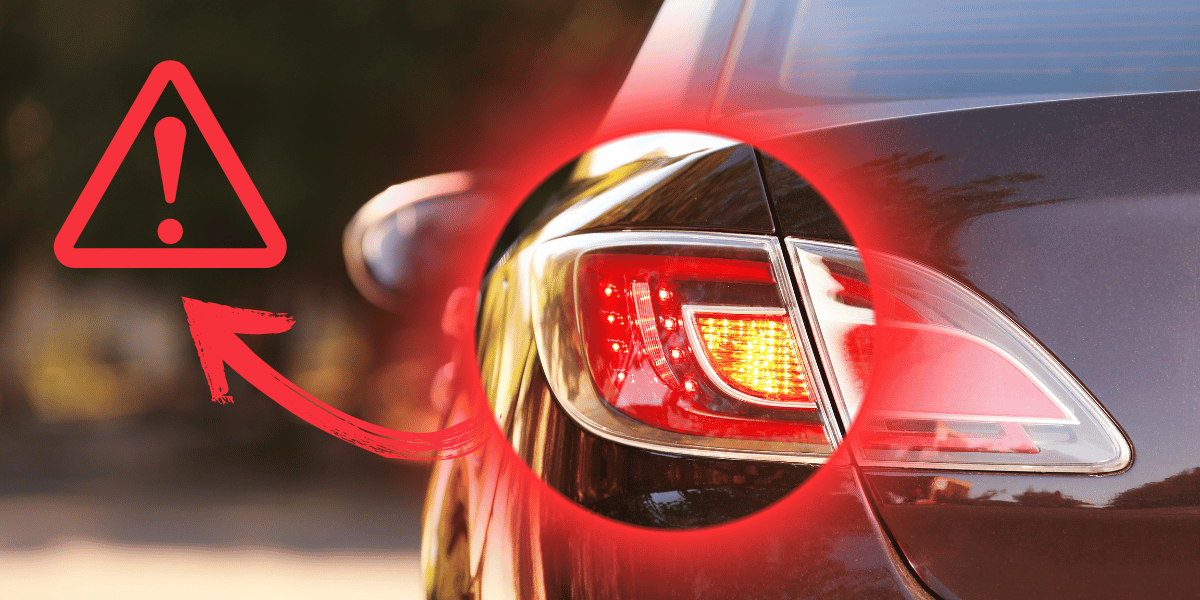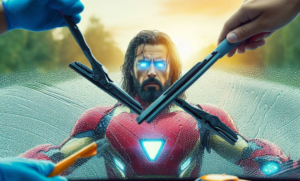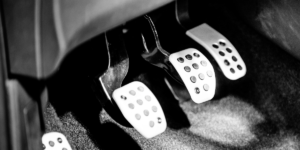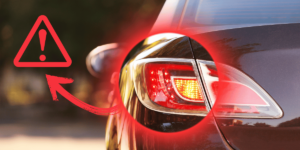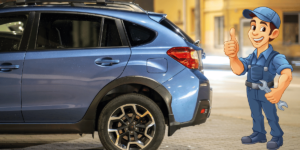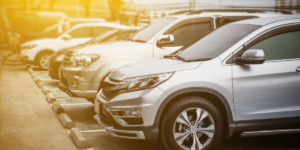Braking systems are important for car safety because they make sure that vehicles can slow down or stop when they need to. Brake shoes and brake pads are important parts of most stopping systems. Both help put your car to a stop, but they do it in different ways, serve different purposes, and are in different braking systems. Everyone who drives or owns a car needs to know the difference between brake shoes and brake pads. It not only helps you decide how to take care of your car, but it also helps you understand the technology that keeps us safe on the road.
What types of brake systems in vehicles and how they work?
There are many types of braking systems in vehicles but here we are discuss about two main types of brake system:
Drum Brake System: Drum brakes have a drum that is round, stop shoes, wheel cylinders, springs, and other parts.
What they do: When you press the brake pedal, hydraulic pressure is given to the wheel cylinders. This pushes the brake shoes against the inside of the drum. When the brake shoes rub against the drum, the wheel slows down or stops moving.
Disc Brake System: Disc brakes have a rotor (also known as a brake disc), brake pads, pistons, and hydraulic parts.
What they do: When you use the brakes, hydraulic pressure pushes the brake calipers to squeeze the brake pads against both sides of the rotor. The stopping power comes from the friction between the brake pads and the rotor, which slows or stops the wheel from turning.
What’s Different:
- Drum brake: Drum brakes have a circular drum that holds the brake shoes inside. Disc brakes, on the other hand, have a flat rotor that the brake pads clamp around.
- Heat Dissipation: Disc brakes tend to be better at getting rid of heat, which makes them better at avoiding brake fade when used a lot.
- Stopping Power: Disc brakes usually stop faster and better than drum brakes because they are more sensitive.
- Maintenance: Because of how they are made, drum brakes can be harder to check and fix, while disc brakes are often easier to check and fix.
Many new cars have both types of brakes. The front wheels have disc brakes and the back wheels have drum brakes. This setup is the best one in terms of how well it works and how cheap it is. Brake systems are an important safety feature of cars, and knowing how they work and what kinds there are can help drivers and workers keep them in good shape and fix them properly.
What is the difference between brake shoes and disc brakes?
Comparison of Brake Shoes and Pads:
| Characteristic | Brake Shoes | Brake Pads |
|---|---|---|
| Function | Brake shoes press against the inside of a rotating brake drum to create friction and slow down the vehicle. | Brake pads press against a rotating brake disc to create friction and slow down the vehicle. |
| Location | Brake shoes are located inside the brake drum. | Brake pads are located inside the brake caliper. |
| Composition | Brake shoes are typically made of cast iron or steel with a friction material attached. | Brake pads are typically made of a composite material that includes a metal backing plate, a friction material, and adhesive. |
| Durability | Brake shoes typically last longer than brake pads. | Brake pads typically wear out faster than brake shoes. |
| Cost | Brake shoes are typically less expensive than brake pads. | Brake pads are typically more expensive than brake shoes. |
| Maintenance | Brake shoes require less maintenance than brake pads. | Brake pads require more maintenance than brake shoes. |
- Brake shoes are more often used on the rear axle of a car, while brake pads are more often used on the front axle.
- Brake shoes are more likely than brake pads to get too hot, which can make them less effective.
- More noise is likely to come from brake pads than from brake shoes.
- More dust is likely to come from brake pads than from brake shoes.
What kind of brake system best your car?
The best brake system for you relies on the car you drive and how you drive it. Disc brakes on all four wheels might be a good idea if you have a heavy-duty car or do a lot of towing. Drum brakes are more likely to boil than disc brakes, and disc brakes stop better.
But maintaining disc brakes can cost more than maintaining drum brakes. Drum brakes on the rear axle may be a good choice if you are on a tight budget or drive a light-duty car. Drum brakes are easier to fix and last longer than disc brakes, but they cost more to fix.
In the end, the best way to figure out what kind of brake system you need is to talk to a trained mechanic. They can help you figure out what you need and which type of brake system is best for your car and your budget.
How to check the brake shoes and pads and replace them?
To check the shoes and pads on your brakes, you’ll need to take the wheels off. Once the wheels are off, you can check for wear and tear on the brake shoes and pads. When the brake shoes or pads are worn down to less than 1/4 inch, they need to be changed.
To change the brake shoes or pads, you will need to follow the directions for your car. But there are some steps you can take in general:
- Take off the wheel cylinder or brake caliper.
- Take off the old shoes or pads for the brakes.
- Clean the wheel cylinder or brake caliper and the area around it.
- Put on the new shoes or pads for the brakes.
- Put back on the wheel cylinder or brake caliper.
- Let air into the stop lines.
How to fix the most common brake problems?
Some common problems with brakes are:
- When brakes squeal: it’s generally because the shoes or pads have worn down. To fix this problem, you need to change the brake shoes or pads.
- When brakes grind: it’s generally because the rotors or drums have worn down. You need to clean or replace the brake rotors or drums to fix this problem.
- When the brake pedal is soft: it could be because of a leak in the brake system, air in the brake lines, or old brake shoes or pads. To fix this problem, you need to figure out what’s wrong and then do what you need to do to fix it.
- Spongy brake pedal: Most of the time, this is because there is air in the brake lines. To fix this, you have to let air out of the brake lines.
- Leaking brakes: Leaking brakes are a major problem that can cause the brakes to stop working. To fix this, you need to find out where the leak is coming from and then fix it.
How to make brake shoes and pads last longer?
There are a few things you can do to make your brake shoes and pads last longer:
- Don’t brake hard.
- Don’t use your brakes over bumps and holes.
- Don’t drive when it’s dusty or muddy.
- Have a trained expert check your brakes regularly.
How to improve your car’s stopping ability?
There are several things you can do to improve the way your car stops:
- Upgrade to brake pads or shoes made for high-performance stopping.
- Upgrade to rotors or drums made for high-performance stopping.
- Change the brake oil to one that works better.
- Get brake lines made of stainless steel.
How to work on brake systems safely?
- If you don’t know how to do it right, working on brake systems can be dangerous. Here are some tips for safety:
- When you work on brake systems, you should always wear safety glasses and gloves.
- You should never work on the brakes while the car is going.
- Before working on the brakes, you should always jack up the car the right way and support it with jack stands.
- Be careful not to tighten the brake parts too much.
- After fixing the brakes, make sure they work well.
If you are not sure how to work on brake systems, it is best to have a trained mechanic work on your brakes.
FAQs about brake shoes and pads
Q: What is the difference between brake shoes and brake pads?
A: Brake shoes and brake pads are both components of a brake system, but they are used in different types of brake systems. Brake shoes are used in drum brakes, while brake pads are used in disc brakes.
Q: Which type of brake system is better, drum brakes or disc brakes?
A: Disc brakes are generally considered to be better than drum brakes because they offer better stopping performance and are less likely to overheat. However, drum brakes are less expensive to maintain and they last longer than disc brakes.
Q: How often should I inspect my brake shoes and pads?
A: You should inspect your brake shoes and pads at least once a year, or more often if you drive in harsh conditions.
Q: When should I replace my brake shoes and pads?
A: You should replace your brake shoes and pads when they are worn down to less than 1/4 inch.
Q: Can I replace my brake shoes and pads myself?
A: Yes, you can replace your brake shoes and pads yourself if you are comfortable working on your vehicle. However, it is important to follow the instructions for your specific vehicle carefully.
Q: How much should it cost to replace brake pads and rotors?
A: The cost of replacing brake pads and rotors can vary widely based on your vehicle’s make and model, the quality of the parts used, and labor costs. On average, it can range from $150 to $400 per axle.
Q: What is the price of brake shoe and brake pad?
A: The price of brake shoes and pads varies depending on the brand, type (e.g., ceramic, semi-metallic), and vehicle compatibility. Generally, brake pads are more common and can range from $20 to $100 per set, while brake shoes typically range from $30 to $80 per set.
Q: What are brake shoes made of?
A: Brake shoes are typically made of various materials, including friction linings, steel backing plates, and heat-resistant compounds. The specific composition can vary depending on the manufacturer and type.
Q: Are brake discs and rotors the same thing?
A: Yes, “brake discs” and “brake rotors” refer to the same component in a disc brake system. They are flat, circular metal discs that the brake pads clamp onto to create friction and stop the vehicle.
Q: How long do drum brakes last?
A: The lifespan of drum brakes varies based on driving habits, conditions, and maintenance. On average, they can last between 30,000 to 70,000 miles. Regular inspections are essential to determine when replacement is needed.
Q: How to measure brake shoe size?
A: To measure brake shoe size, you typically need to measure the width, length, and thickness of the shoe. Consult your vehicle’s service manual or a professional mechanic for precise measurements.
Q: How to measure brake shoe thickness?
A: Brake shoe thickness can be measured using a brake shoe gauge or a caliper. The specific procedure may vary depending on the type of brake shoe and vehicle.
Q: How many millimetres should brake pads be?
A: Brake pad thickness can vary, but it’s generally recommended to replace them when they reach around 3-4 millimeters in thickness to ensure continued braking performance.
Q: Do ceramic brake pads wear rotors faster?
A: Ceramic brake pads are known for producing less rotor wear compared to some other types of brake pads, like metallic. However, the rate of rotor wear can also depend on driving conditions and habits.
Q: Which brake shoe is primary and secondary?
A: In a drum brake system, the primary shoe is the one connected to the wheel cylinder, while the secondary shoe is the one farther away from the cylinder. These shoes work together to press against the drum when the brakes are applied.
Q: Does AutoZone do free brake checks?
A: AutoZone offers free brake inspections to help assess the condition of your braking system. Check with your local AutoZone for availability and details.
Q: What is the minimum thickness required for legal brake shoes?
A: Brake shoe thickness requirements can vary by location and regulations. In some places, the minimum thickness may be around 1/16 inch (1.59 mm). Always check local laws and regulations for specific requirements in your area.
Conclusion
Both the brake shoes and the brake pads are important parts of a brake system. They are what make the friction that slows the car down. Brake shoes are more often used on the rear axle of a car, while brake pads are more often used on the front axle. Most of the time, brake shoes last longer and cost less than brake pads, but they are more likely to get too hot and make noise and dust. Brake pads stop better than brake shoes and are less likely to get too hot, but they can cost more to keep.
The best brake system for you relies on the car you drive and how you drive it. Disc brakes on all four wheels might be a good idea if you have a heavy-duty car or do a lot of towing. Drum brakes on the rear axle may be a good choice if you are on a tight budget or drive a light-duty car. If your brake shoes or pads are worn down, you should change them right away to keep your brakes from giving out.
You should also have a trained mechanic check your brakes on a regular basis to make sure they are working well. This includes flushing the brake fluid, checking the brake pipes and hoses, and greasing the brake parts. By doing these easy things, you can help make sure your brakes will always work when you need them to.

